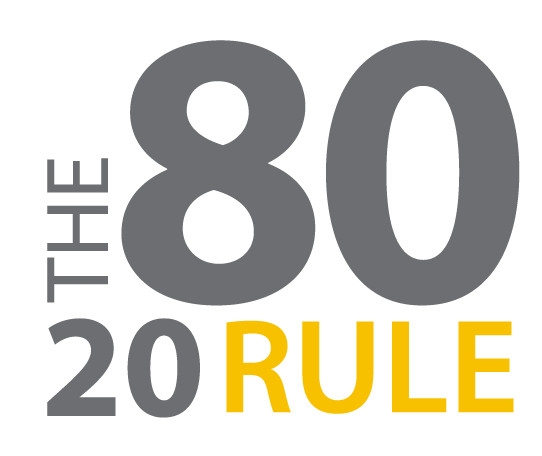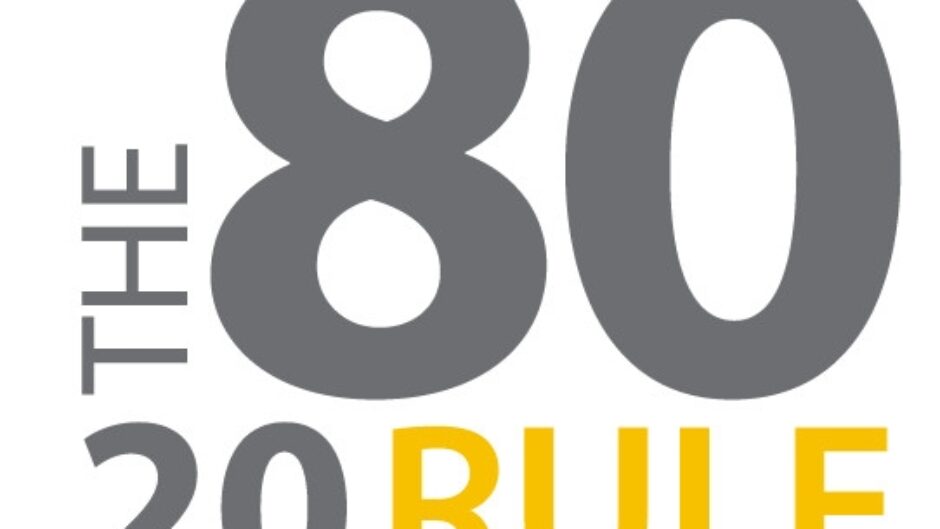
Eighty percent of the money comes from 20 percent of the people.

Believe it or not, this is actually is a scientific principle, called the Pareto principle — it states that, for many events, roughly 80% of the effects come from 20% of the causes. This principle used to hold true for fundraising as well. 80% of the money came from 20% of the donors; 80% of the canvassing came from 20% of the canvassers, and 80% of the administrative costs came from 20% of the items. The Pareto principle is all around us!
Well, that was almost 20 years ago.
If we were to examine that phenomenon today through the fundraising lens, we would find a larger disparity. Almost more like 95-5 rule. If I were to look at the last capital campaign I ran, the top 10 gifts represented over half of the funds raised. This is now much more commonplace. As I mentioned in one of my earlier articles, there is a larger separation between the donor level at the top of the giving chart and the donor level at the bottom of the giving chart. I remember running my first $100,000,000 capital campaign. That goal was almost unheard of (locally) in those days. Today, we see campaigns in the billions. That’s with a “b”, folks. And, for most campaigns to be successful, you would likely be looking for a lead/pace-setting gift of approximately 30%. Not a horrible number when there is a $1,000,000 campaign goal (it’s approximately $300,000), but your prospect world becomes really small when your goal is $1,000,000,000 (the lead/pace-setting gift would be close to $300,000,000 — that’s $300 million)!
I also remember the days of honorary committee members — there was the notion that because some politicians or corporate executives lent their name to a project, people responded favorably. Then there was an ‘active’ committee that did the work. When campaigns are launched (regardless of size) the work distribution is never equal. There are always a small group of volunteers that take on the majority of the work,
This is not good or bad, it is reality.
I will examine feasibility/planning studies in a future article but know that when the studies are conducted, it is not a random sampling of interview participants. Rather, it is purposely skewed to those donors that have the largest capacity and probability of supporting your endeavor. Why? Because you can probably estimate what the average donor will contribute to the campaign, but the large gifts are what is going to make or break your campaign. This is actively seeking out the results of the Pareto principle.
Stay tuned for the next week’s installment of Myth #4.
L’chaim!
jack




